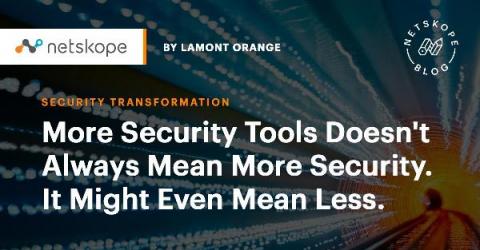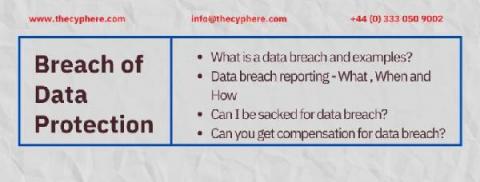More Security Tools Doesn't Always Mean More Security. It Might Even Mean Less.
Even before the pandemic, many companies were undergoing significant transformation as they transitioned to cloud or hybrid architectures and grappled with problems caused by tool sprawl due to the quick adoption of many disparate tools. For some, COVID-19 and the rush to remote work fueled and exacerbated these challenges.











